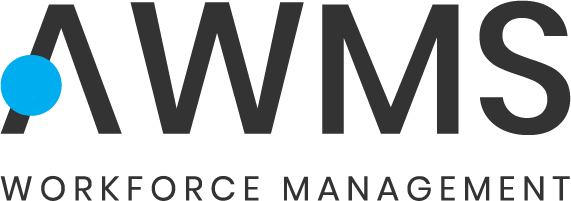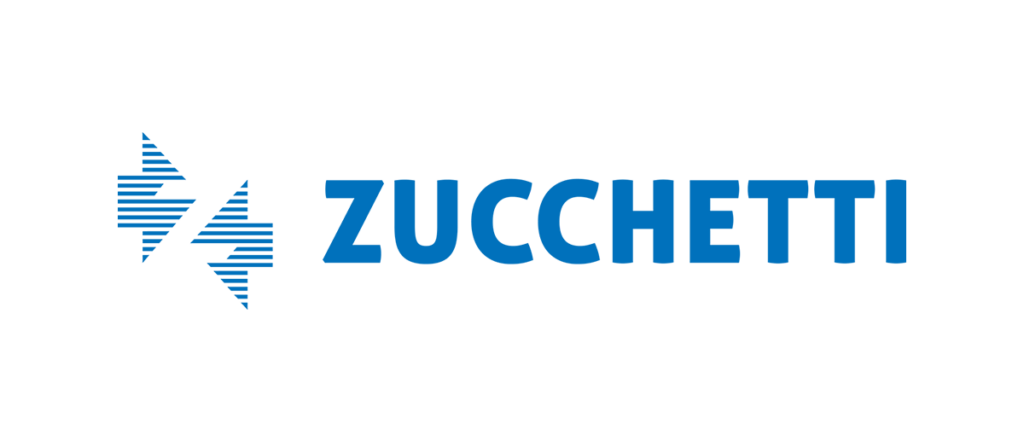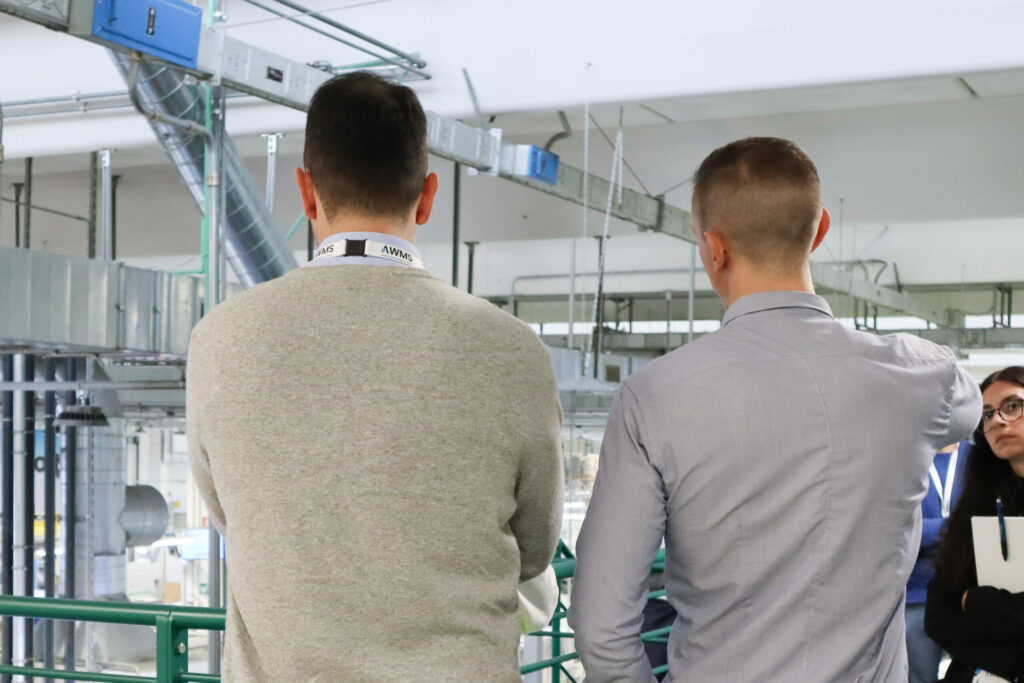Technological evolution in the industrial sector has reached new heights with the advent of Industry 4.0, bringing greater automation and digitalization. However, the world has not stopped at this milestone. Industry 5.0 is emerging as a new phase in industrial evolution, characterised by an even greater focus on humanity, resilience and sustainability.
But what is Industry 5.0 and what is its relationship with workforce management platforms?
What is Industry 5.0
While Industry 4.0 has marked the widespread adoption of digital technologies to automate and optimize industrial processes, Industry 5.0 pushes the boundaries further. This new paradigm has been proposed by the European Commission as a response to the challenges posed by technological evolution and global changes. Industry 5.0 embraces three fundamental pillars:
Human-centrism: The focus shifts from pure automation to collaboration between humans and machines. Human skills, such as creativity, problem-solving and intuition, are integrated into production processes.
Resilience: Industry 5.0 aims to make companies more flexible and resilient to disruptions. This is achieved through the implementation of systems and processes that can adapt quickly to changing market and production conditions.
Sustainability: Energy efficiency and reducing environmental impact are central to Industry 5.0. The technologies adopted should promote cleaner and more sustainable production, contributing to the fight against climate change.
The role of digital workforce management in Industry 5.0
Workforce management platforms such as AWMS play a crucial role in the adoption of Industry 5.0. These advanced systems allow companies to efficiently manage human resources, synchronising tasks and optimizing the use of skills. In an Industry 5.0 context, workforce management platforms become bridges between new technologies and the human factor.
Improved human-centrism: Allow companies to engage workers more actively and creatively in business decisions. Thanks to intelligent planning and skills management, workers can be involved in the design and problem-solving phases.
Operational resilience: Enables companies to adapt quickly to fluctuations in demand and operational challenges. Flexible planning and dynamic allocation of human resources allow for more responsiveness to unforeseen events.
Sustainability through efficiency: By optimizing the allocation of human resources, they can contribute to energy efficiency. Reducing waste of time and human resources translates into more sustainable production overall.
How AWMS drives the evolution of the industry
Industry 5.0 represents a step forward in industrial evolution, with an emphasis on human collaboration, resilience and sustainability. Workforce management platforms, and in particular AWMS, act as catalysts for this transition, enabling companies to embrace the challenges and opportunities presented by this new paradigm. Integrating workforce management in an Industry 5.0 context not only improves operational efficiency, but also employee engagement and the ability to adapt to a changing world.









